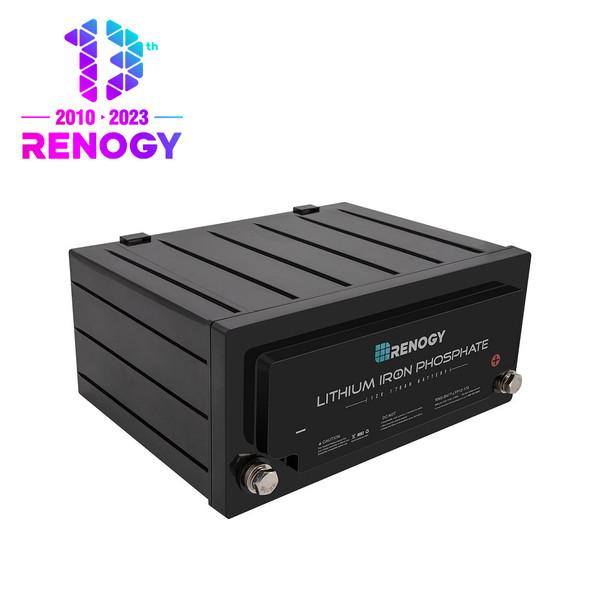There was no 12-volt battery in our first Jayco camping trailer. So we used a portable battery-powered lantern to sleep in the light of fire and torches and get up with the sun and the birds.
There is no toilet or hot water, so night buckets and local camping facilities are the only options.
Coffee? It's in a jar, preferably in a filter. Do you want to wash it? It happened in a bucket. Dishwasher? I am it. Is it air-conditioned? Open the window. Is it heated? Turn on the gas nozzle or go to bed.
Today, for modern off-grid RVs, the situation is very different, and there is almost nothing that can not be used in modern household appliances. Tomorrow, if your SUV doesn't have some degree of renewable energy, whether it's solar technology, lithium batteries, or the latest 48v mild hybrid, all-electric, it may be hard to sell.
But if you’re about to order a new van, or purchase a late model second-hand, van, how important is it to spec it to suit tomorrow’s travelers?
Choosing a new high-quality off-road team with the power of the 21st century is a real no-brainer. Forget about basic camping. Future buyers will expect to sell all kinds of household appliances on first-class trucks, and if your product does not perform well, you can get a discount.
As for taking children or grandchildren on a trip to Australia, if you can't recharge their mobile devices, forget it.
As financial interest rates are still low, it is relatively easy to recharge. Compared with traditional lead-acid AGM batteries, lithium battery for caravan and 48-volt power systems are lighter, smaller, and can work well for longer periods of time. 8 to 10 years is expected, compared with less than half of AGM batteries.
On the other hand, it may be a waste of your money to upgrade a new entry-level highway on the caravan to lithium, as the AGM deep cycle battery works well and the caravan is destined to spend most of the night at 240V of power lead. Lithium is unlikely to increase the market attractiveness or value of the van as much as its conversion costs. Similar rules apply to upgrading a used caravan on the road.
However, if it's a high-quality off-road caravan such as a Bushtracker, Kedron, Trakmaster, Evernew, Sunland, or Spinifex, it could be a sound investment in its future resale value. A 10-year-old, well-maintained van from one of these brands may have a good life expectancy of up to 10 more years - more than enough to offset the cost of upgrading its electrical system.
In the meantime, you may want to upgrade and install other appliances to match the capabilities of its new off-grid power supply, and install the suite (if it doesn't already have one) to make sure it appeals to more future buyers.
It really depends on what you want to do and where you want to go with your caravan.
If you're an asphalt/main road traveler who likes the comfort, convenience and kid-friendly features of a caravan park, then a lithium or 48-volt battery conversion may be a waste of your money.
AGM and deep cycle batteries aren't terribly expensive and are readily available at any car chain or auto electrical supplier across Australia, so I'd stick with that.
On the other hand, if you want to explore the outback, or enjoy the solitude of living without neighbors, lithium, or all-electric, is worth considering.
Most lithium batteries have about twice the warranty of an equivalent AGM, so you can amortize your investment over that time.
If you spend most of your time traveling, your car will pump enough power into your traditional lead acid battery (or other batteries), but if you plan to enjoy nature and fishing with a pole propped up by a babbling brook with all the "comforts" of home, you'll run out of capacity in no time.
A good breakfast, a couple cups of coffee, a few minutes with a 12v fan to cool the car down as the sun comes up, a few moments before you can get back on the road again, or a portable generator to recharge.
Many people try to overcome this problem by installing solar panels on the roof of their caravan. This works as long as your car is in direct sunlight for most of the day, but as most people seek shade in hot weather, this quickly limits your ability to charge.
Solar panels charge with light, not heat (they can even charge by moonlight), but as we recently discovered in the shady Adele's Grove in Lawn Hill, Queensland, strong shadows are the enemy of batteries. Our solution was a 160W portable solar panel that we had to keep moving to keep up with the sun, but it was no substitute for the 450W solar panel left on the roof of our van, which was shaded and underutilized.


